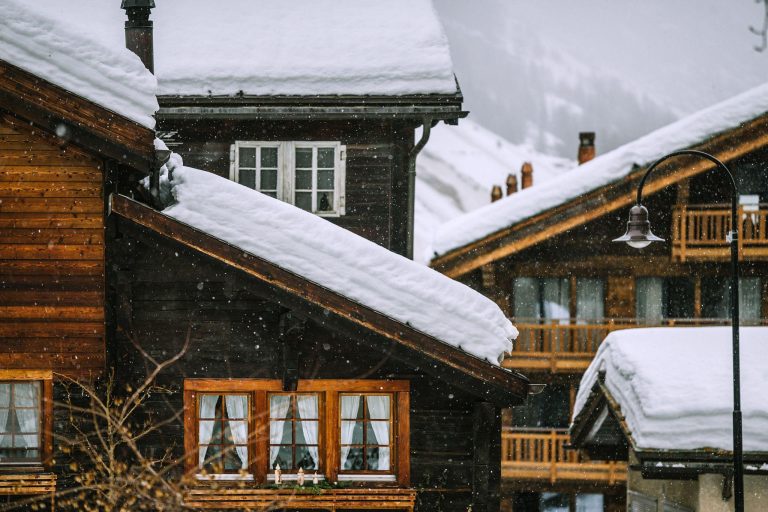Winter comes with its fair share of joys—cozy sweaters, hot chocolate, and snowball fights. However, it also brings with it a few challenges that homeowners need to be prepared for, especially when it comes to their roofs. One of the most notorious winter roofing issues is the formation of ice dams. These are ridges of ice that form at the edge of your roof and prevent melting snow from draining off, leading to water damage, mold growth, and even structural problems if left unaddressed.
Here are some tips to help you prevent ice dams and ensure your roof is winter-ready.
1. Choose The Right Roofing Material
When it comes to choosing roofing material, you need to consider several factors such as durability, cost, and resistance to environmental factors. Two of the most popular roofing materials are metal roofs and asphalt shingles. Each has its pros and cons, but when it comes to preventing ice dams, metal roofs have an edge.
So why metal roofs vs. shingles? Metal roofs are more effective at preventing ice dams primarily because they are excellent conductors of heat, which means they distribute heat evenly across their surface. This helps in faster melting of snow, reducing the chances of ice dam formation. Additionally, metal roofs are generally more slippery, allowing snow and ice to slide off easily.
Asphalt shingles, on the other hand, are more porous and have a rough surface, which can trap snow and make it easier for ice dams to form. Therefore, if you live in an area with severe winters, metal roofing could be a wiser investment for long-term prevention of ice dams.
2. Ensure Proper Attic Insulation
A poorly insulated attic can contribute significantly to ice dam formation. The heat from your house rises and escapes through the roof, melting the bottom layer of snow. When the melted snow reaches the colder eaves, it refreezes and forms an ice dam.
To prevent this, make sure your attic is properly insulated to minimize heat loss. A well-insulated attic can also help you save on energy costs.
3. Ventilate Your Attic
Good attic ventilation can help regulate the temperature on the roof surface, making it less likely for ice dams to form. Installing a ridge vent along the peak of your roof and soffit vents in the eaves can help circulate cold air under the entire roof. This keeps the roof at a more consistent temperature, reducing the likelihood of melting and refreezing cycles.
4. Keep Your Gutters Clean
Clogged gutters can contribute to the formation of ice dams by preventing proper water drainage. Make it a routine to clean your gutters regularly, especially before winter sets in. A clear drainage path allows melted snow to flow freely, minimizing the chance of ice build-up.
5. Use A Roof Rake
If you already have a decent accumulation of snow on your roof, using a roof rake can help you prevent ice dams. The idea is to remove the snow before it has a chance to melt and refreeze. However, be cautious while using roof rakes as improper use can damage your roofing material.
Conclusion
Preparing your roof for winter is an essential part of home maintenance. Ice dams are a common yet preventable issue that can lead to expensive repairs if not addressed in time.
By choosing the right roofing material, ensuring proper insulation and ventilation, keeping gutters clean, and taking proactive steps like using a roof rake, you can significantly reduce the risk of ice dams forming on your roof. So gear up and make your roof winter-ready to enjoy a warm, cozy, and worry-free winter season.

